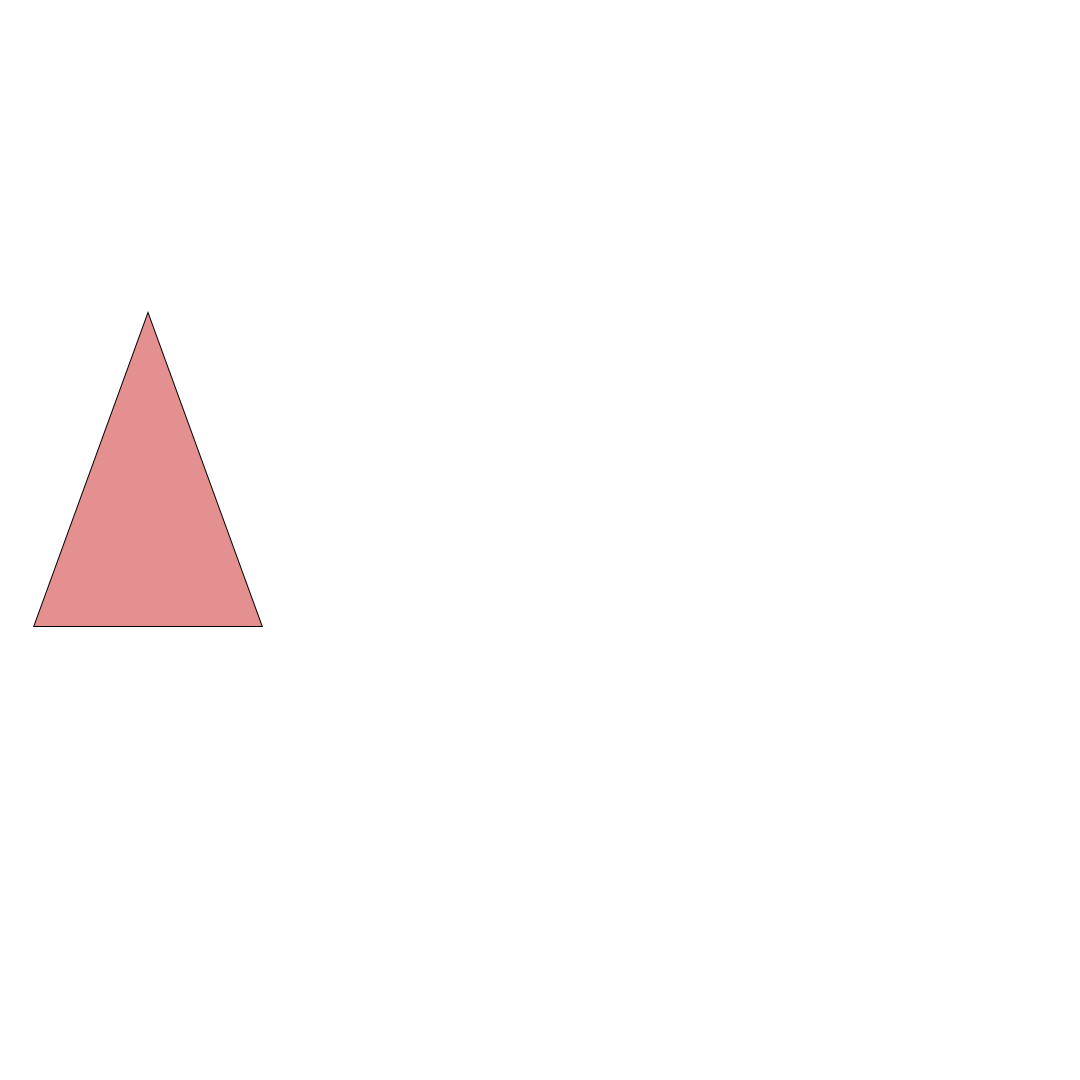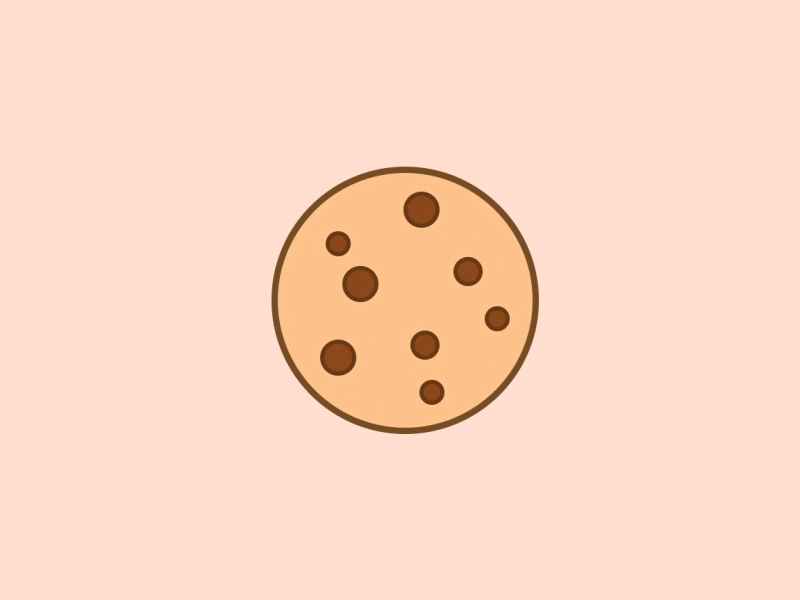Pizza-Eating GIF
A looped animated GIF of a pizza bitten out of existence.
The Problem
For my Motions Graphics project, I wanted to make an animated GIF. Initially, I wasn't clear on the distinction between a GIF and a short animation. However, after researching, I learned that GIFs are looping image sequences — usually simple, repetitive, and often used for memes, ads, or small interactions online.
With that in mind, my goal became clear: I wanted to create a visually fun GIF that ran smoothly and looped seamlessly. I also wanted it to be the kind of GIF you'd see and share on platforms like Instagram or Facebook for either for a brand or just for fun.
The Process
Learning the Basics
I started by experimenting in Photoshop with two simple warm-up animations:
A triangle bouncing side to side (using tweening and frame timing to create a loop)
A circle being “erased” section by section using layers and reversed frames
These mini-GIFs helped me get familiar with Photoshop’s timeline and gave me an idea of how looping animations work.
Concept & Inspiration
For inspiration, I decided to base the premise of my GIF on Angélique Quinconneau's cookie-biting GIF on Dribble.
This influence is also present when sketching a brief storyboard, in which it depicts pizza on a plate being bitten out of existence. I envision this GIF to be used in social media sites such as Instagram or Facebook for users to utilize to either post about something fun or to advertise something that’ll need a fun graphic to accompany it.
The Prototype
The First Bite
In my first attempt, I created the plate and pizza using Photoshop’s shape tools and simulated the bites using a soft eraser. While it technically worked and looped correctly, the result looked too flat and uninteresting, almost like a beginner’s mockup. It lacked personality and polish.
After getting feedback from my peers, I realized I needed to redo the entire thing.
The Second Bite
For the improved version, I switched tools and redrew everything in Illustrator using the brush tool for a more organic design:
Matched the curve of the pizza crust to the plate
Used richer, warmer colors for the pizza
Added a checkered background (sourced from Vecteezy) for a more dynamic look
Once I had my new illustrations, I exported everything back to Photoshop to animate it. I used the eraser technique again to simulate bites, but this time with more attention to pacing and composition.
Enhancements included:
Adding a drop shadow to the pizza and plate for depth
Tweening in a second plate of pizza at the end to restart the loop
Customizing the plate with a bold outer stroke and subtle inner ring for visual balance
I briefly experimented with adding crumbs and extra crust detail, but ultimately felt the design worked best without them.
The Solution
Presentation & Feedback
My professor and peers responded well to the final GIF. The animation felt smooth and visually appealing, and they agreed it would be a perfect fit for social media ads. One classmate even said they’d use the GIF if it were posted online, which made the revision worth it.
What I Learned
Motion design is just as much about rhythm and pacing as it is about illustration
It doesn’t hurt to start over, as it can lead to a cleaner and more defined final product
Simple ideas often require the most refinement to look effortless
Next Steps
Overall, I was very satisfied with the final product of my GIF, and this project taught me a lot about researching, planning, and prototyping various GIF ideas.
I can envision myself utilizing what I've learned and the design process in future projects as I continue working with motion graphics and creating GIFs for social media sites.
Banner-Shape GIF
A GIF of shapes moving across the screen with the word “GIF” being rotoscoped.
Boxing Rotoscope GIF
A rotoscoped GIF of a man in a suit punching his gloves together.











